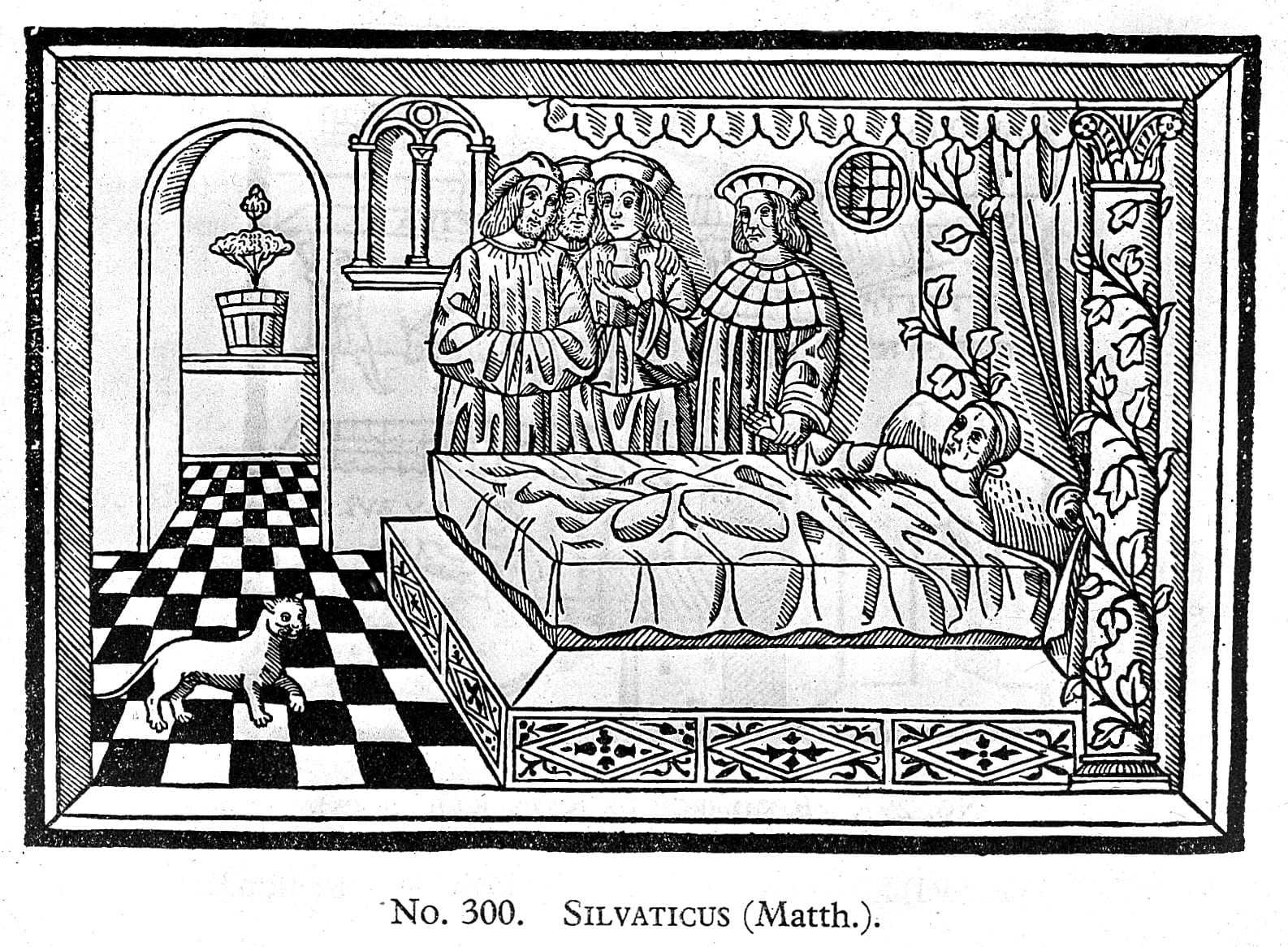No, this is not a story about a holdup. Or maybe it is. It is, after all, about the high cost of life-saving drugs.
A group of about 120 leading hematology-oncology specialists from 15 countries in 5 continents published an article in the journal Blood on April 15, 2013. It is titled “Price of drugs for chronic myeloid leukemia (CML), reflections of the unsustainable cancer drug prices: the perspective of CML experts.”
As Andrew Pollack reported in the NYT on April 25, 2013:
“The doctors and researchers, who specialize in the potentially deadly blood cancer known as chronic myeloid leukemia, contend in a commentary published online by a medical journal Thursday that the prices of drugs used to treat that disease are astronomical, unsustainable and perhaps even immoral.
They suggested that charging high prices for a medicine needed to keep someone alive is profiteering, akin to jacking up the prices of essential goods after a natural disaster”
Strong words indeed, coming from physicians and researchers not known for inflammatory statements. These are people who are in the trenches, daily bearing witness to the tragedy of patients pushed to bankruptcy in order to buy the medicine that will keep them alive.
The high cost of drugs: The Gleevec story
Gleevec is a drug used to treat Chronic Myelogenous Leukemia (CML), a blood cancer. The history of its discovery is instructive.
White cells in CML have an extra long chromosome, called the Philadelphia chromosome, which is a result of translocation of a piece of DNA from one chromosome to another.
This mutation causes the enzyme (a tyrosine kinase called BCR-ABL) to become permanently switched to the ‘on’ position. BCR-ABL is part of the cascade of signals that instruct a cell to divide. The result is uncontrolled cell division. This, of course, is the definition of cancer.
Dr. Brian Druker of Oregon Health & Science University toiled in his lab for many years studying the role of this key enzyme in the pathogenesis of CML.
His work was funded by grants from NIH, NCI, and the Leukemia Society. It resulted in the synthesis of a molecule that inhibited the “switched on” enzyme and cured mice that served as a model for CML.
The miracle drug
Armed with this data, Druker approached Nicholas Lydon, a biochemist at Novartis and persuaded him to test molecules from his company’s library of compounds. After several iterations imatinib was born. The compound was eventually given the brand name of Gleevec.
The results of small Phase 1 and Phase 2 trials were astounding. The Philadelphia chromosome completely disappeared in over 80% of patients’ cells.
Time magazine promptly put Gleevac on its cover with the moniker ‘miracle drug’.
Indeed, Gleevec is the first example of a rational drug design, where the target’s structure is known and a drug is then designed to inhibit its activity by binding to it.
The abject immorality of profiteering
So what is the good doctors’ problem? They couched their paper in economic terms: the drug is outrageously expensive.
Gleevac, and drugs like it, are going to bankrupt us all – not just the patients – because in the last analysis, we are all paying.
But there is another aspect to the oncologists’ rage. They call it profiteering. This term connotes economic wrongdoing, which it is, but really doesn’t capture the abject immorality of pricing these types of drugs out of the reach of the people who desperately need them.
Novartis argues that few patients actually pay the full cost of the drug. They also say that prices reflect the high cost of research and the value of a drug to patients. But, as we noted above, the main funding sources for Druker’s research was the government and non-profit organizations.
Related content:
Drug Rebates: New Executive Order Only Addresses Part of the Problem
The Crazy Way Drugs are Priced and What Can Be Done About It
Drug development costs vs the high cost of drugs
The initial clinical trials were minuscule (about 100 patients) because of the excellent results the drug showed. The FDA approved the drug in a few months. This was a record time.
Further, if we allow the high estimate of $30,000 per patient in the trial, we arrive at the relatively measly sum of $3 million. This is a far cry from the $1 billion and 20 years that the industry claims that it costs to develop a typical drug.
And, what is the company making on this drug? In 2012 the company had sales of $4.8 billion out of a total market of $7 billion for CML. How did Novartis manage to make so much money despite increasing competition from new drugs?
They did it by jacking up the annual cost of the drug. Prices went from $30,000 when it was introduced in 2001 to over $100,000 in 2013 when this article was first published.
Without ascribing unethical or immoral motives let me just point out that the patent for Gleevec was due to run out in 2016. Novartis simply acted the way economists would advise it to do: squeeze out as much profit as possible while the going was good.
What happened when the patent ran out?
On Feb. 1, 2016, Sun Pharmaceutical Industries Ltd. — based in Mumbai, India — launched generic imatinib. This heralded a new chapter in the story of targeted therapy for CML and related conditions.
At the time, a one-year supply of 400 mg imatinib pills (the standard dose for chronic phase CML) cost roughly $120,000 per year. The expectation was that the introduction of the generic drug would precipitate a sharp drop in the cost of imatinib.
A study published in May 2018 in Health Affairs tells us that this did not happen as expected: the price of the generic version only declined by 10% in the 20 months after its introduction on the market.
As the authors note:
“The case of generic imatinib demonstrates several potential barriers to effective generic price competition for specialty prescription drugs, including
- fewer market entrants,
- smaller-than-expected price reductions,
- shifts in prescribing toward more expensive brand-name treatments, and
- limited uptake of the generic product”.
Isn’t competition supposed to lower prices?
How could that be? Competition is supposed to lower prices, right? I leave this to the health economists but here is an interesting tidbit to chew on. The prices of new branded tyrosine kinase inhibitor drugs are even higher than Gleevac!
Is there a tacit, if not overt, “understanding” to keep prices up? Again, I am straying into fields beyond my pay grade.
But you don’t have to get a degree in ethics or moral philosophy to realize that there is something profoundly wrong with charging whatever the traffic will bear when the alternative is certain death.
Such a stark choice happens in armed holdups or with Mafia-like offers that you can’t refuse.
Do people really die because they can’t afford the drug?
In reality, do people really die because they can’t afford the drug?
It turns out that the mortality from CML in the U.S is higher than expected if Gleevec were taken in the recommended doses. The suspicion is that patients are skipping doses to save money.
In developing countries, patients can’t even dream of buying this drug. There, physicians perform bone marrow transplants instead. The mortality rates from the procedure approach 50%.
Final thoughts on the high cost of drugs
Free-market ideologues never tire of quoting Adam Smith and the invisible hand.
What they are missing is that Adam Smith was not an economist. He was a moral philosopher. And, he was grappling with the dilemma of harnessing economics in the service of humanity, not vice versa.
This moral person would probably turn in his grave had he seen the extreme perversion of his writings.
Originally published on April 25, 2013, this post has been revised and updated by the author. It is, unfortunately just as relevant today as when it was first written almost six years ago.
Dov Michaeli, MD, PhD
Dov Michaeli, M.D., Ph.D. (now retired) was a professor and basic science researcher at the University of California San Francisco. In addition to his clinical and research responsibilities, he also taught biochemistry to first-year medical students for many years.
During this time he was also the Editor of Lange Medical Publications, a company that developed and produced medical texts that were widely used by health professionals around the world.
He loves to write about the brain and human behavior as well as translate knowledge and complicated basic science concepts into entertainment for the rest of us.
He eventually left academia to enter the world of biotech. He served as the Chief Medical Officer of biotech companies, including Aphton Corporation. He also founded and served as the CEO of Madah Medica, an early-stage biotech company that developed products to improve post-surgical pain control.
Now that he is retired, he enjoys working out for two hours every day. He also follows the stock market, travels the world, and, of course, writes for TDWI.
Comments:
Leave a Reply
Comment will held for moderation

















[…] Your Money or Your Life? The High Cost of Life-Saving Drugs […]